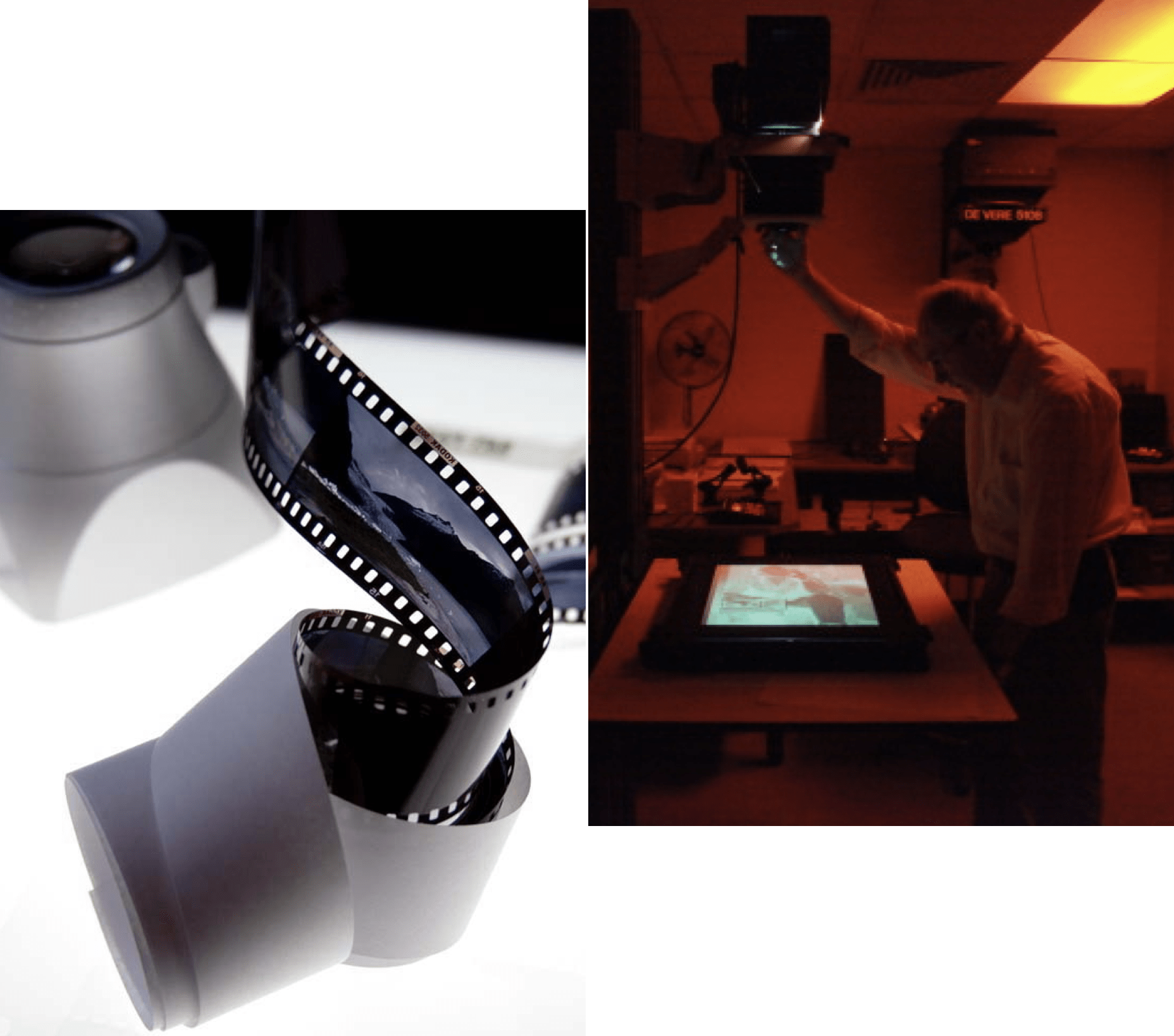The science of film conservation
How DxO Labs conserves darkroom know-how and the magic of film for the digital age

DxO FilmPack is a library of scientifically accurate, digitally preserved, film profiles that photographers can use to replicate the look of obsolete film stocks. We are motivated by a desire to conserve darkroom know-how for the digital age as well as supply photographers with the means to rediscover the soul and character of traditional photography.
Finding the last rolls of film
In order to comprehensively emulate the look of any given film, we need complete control over the whole photographic process, from exposure and development to eventual printing. This means that the first step in the process requires us to track down the last few remaining rolls of the films that photographers want us to profile, rather than use already processed films or prints.
Finding multiple rolls of an obsolete film stock that has been kept in the right storage conditions is a difficult task that often requires hours of painstaking research and careful transportation.
Exposure and development
Next, using the recovered films, our engineering team takes a series of still-life test shots, featuring various calibration charts under controlled lighting conditions. The films are then sent to two separate laboratories for processing. This enables us to gather more data for the eventual profiling process, as well as compare results from the different laboratories.
We use specialist film laboratories in Paris and New York. The only exception to this was when we profiled Kodachrome films which were developed by Kodak’s own professional laboratory (the only one capable of processing their legendary films).
Color and grain
Once the films have been returned, a scrupulous digitization process begins with the objective of delivering calibrated colormetric and grain profiles for each film.
This is where DxO FilmPack sets itself apart from the competition. Rather than simply use Gaussian noise characteristics for the profile, we derive complex grain matrices directly from the real crystals of silver halide in the calibrated test images.
The resulting ‘looks’ that you find in DxO FilmPack are therefore 100% faithful to the original films, and they have even been authenticated by expert photographers for their pleasing aesthetics.
Chemical toning
DxO FilmPack also lets you rediscover the process of chemical toning. In traditional photography, this was done by plunging a freshly developed, unfixed, print into solutions to replace the metallic silver in the print emulsion with a silver compound. Selenium, sepia, iron, platinum, and gold compounds would recolor the image accordingly. The print would then be 'fixed' in the usual manner. The process of toning required the handling of some highly toxic chemicals, but thankfully the process of digitization has elimnated these associated health risks!

DxO FilmPack 7
Bring back the timeless magic of film
